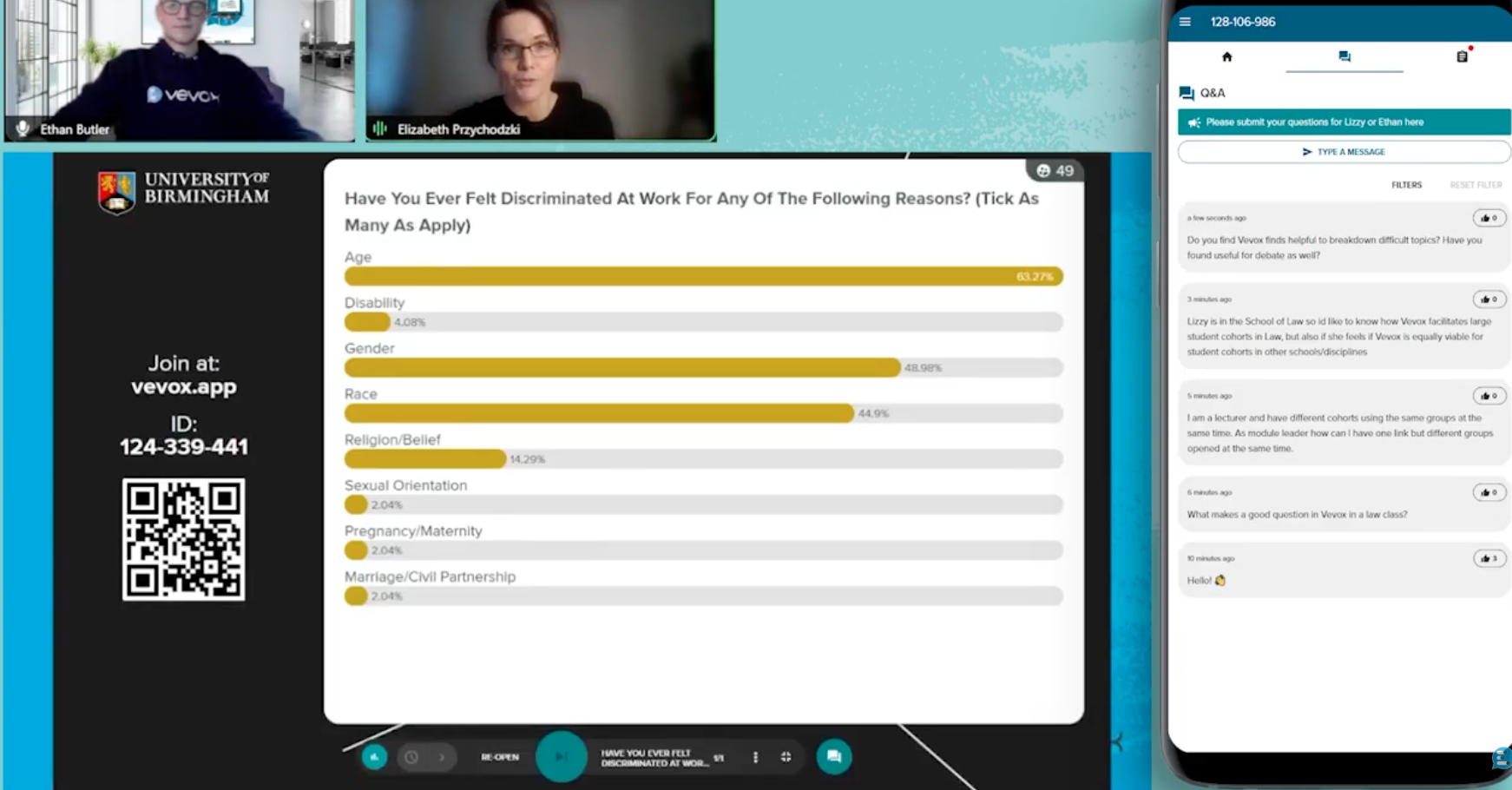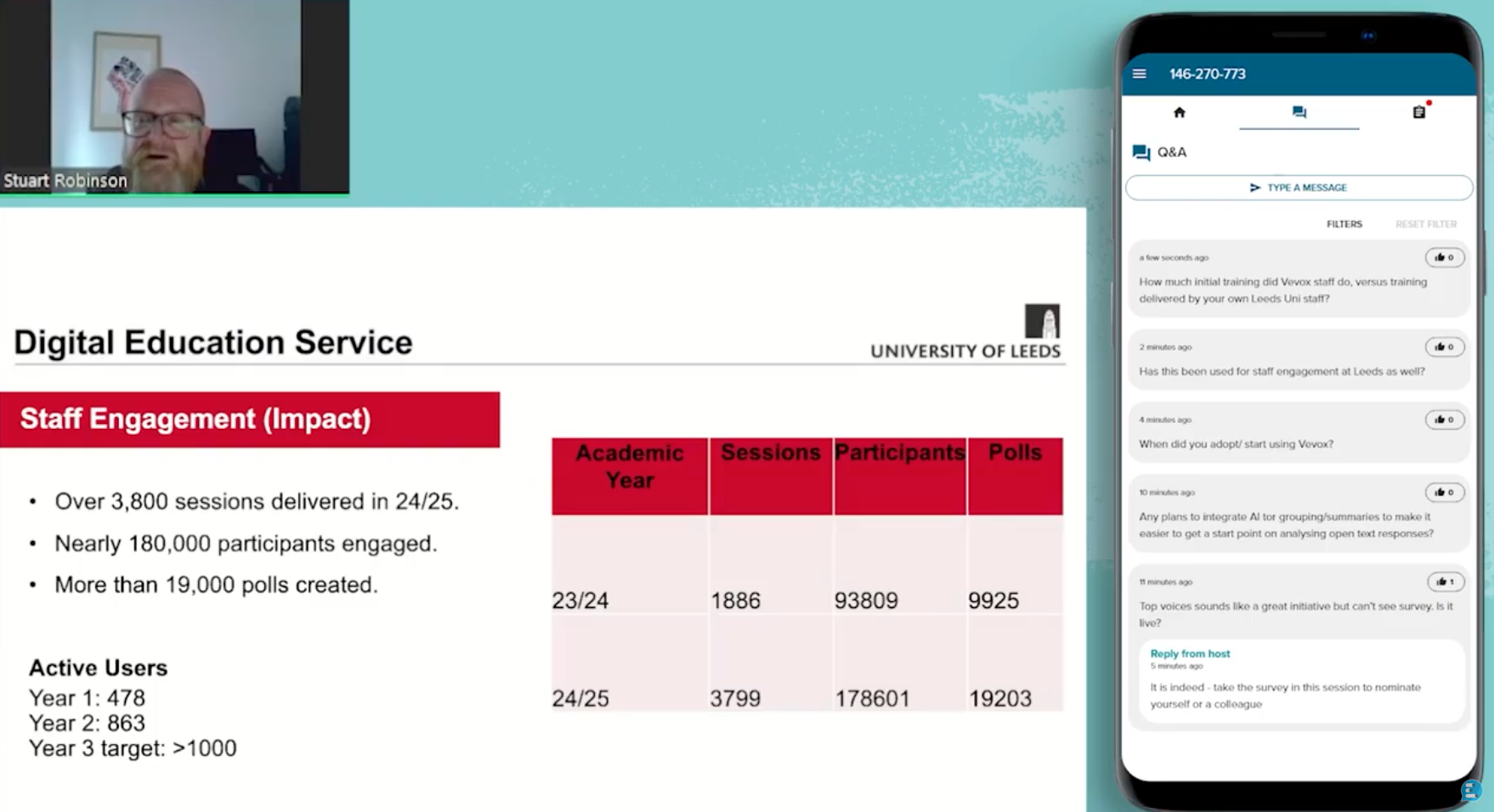What is leadership communication?
Communication is one of the most important skills a leader can have. It's not enough to be able to speak well though. Leaders need to understand how their communication impacts others and what steps they need to take in order for it to have the intended outcomes. And if you want leaders who can inspire, motivate and help their teams work together effectively, they have to have good communication skills. In this article, we'll discuss what effective leadership communication looks like and three common mistakes companies make when trying to improve their leadership communication skills.
Leadership communication definition
Leadership communication is a broad term that encompasses all the ways leaders interact with their teams, peers and the wider organisation. It's also about how they build trust with stakeholders and work to build company culture. Leadership communication is often seen as something separate from business strategy, internal communications or HR processes, however, it should be considered an integral part of all of these areas. A strong leadership presence will help you connect better with your workforce, which in turn can lead to increased productivity and lower staff turnover rates. Leaders who communicate well are able to engage with employees at all levels of an organisation, from those working on the frontline right through to middle and senior management. Because of this, they're seen as approachable people who understand what it takes for everyone involved in delivering results each day and the importance of a happy, collaborative workforce.
Why is leadership communication so important?
Leadership communication is the way in which leaders communicate with their teams, the rest of the company and the outside world. It's how they set a vision, values and goals for their teams that really boosts morale and helps to create a positive working environment. It's also where they coach and support their teams to ensure everything is running smoothly. Leadership communication can also be used as a tool to get honest feedback from employees on how things are going within an organisation to ensure that any issues are resolved. It's also important because it allows leaders to set clear expectations for employees, provide feedback when needed and help build trust with a workforce.
The 3 mistakes companies make when communicating with their leaders
-
Not communicating enough. This can be a problem if you have a leader who thinks they know everything and doesn't need to be told anything by their team members. It's also an issue when leaders aren't interested in hearing feedback from their employees, which can lead to dissatisfaction among staff members and lower productivity overall.
-
Communicating the wrong things at the wrong time and not communicating them effectively! When it comes down to it, there are only so many ways for us humans to communicate our thoughts and feelings with each other (and sometimes those methods don't work). So if you're not sure how best to approach someone with something important or difficult, ask yourself these questions: "What do I want this person's reaction/response/reaction to be? What is the most appropiate format to communicate this message? When do I need to communicate this by?
-
Be direct and honest; don't beat around the bush! You may think that being polite will soften the blow of what needs saying but chances are good that won't work out well for anyone involved (including yourself). In fact, being too nice could lead others into thinking everything is fine when really there's actually something big going on under-the-surface, which means no one knows how serious things really are. Be transparent in your communications and genuine in your approach. This helps to build trust even in the most challenging of times.
The right tools and training for leadership communication
Leadership communication is a skill that can be learned, improved and practiced. It's the way leaders communicate with their employees, peers and stakeholders using language that is appropriate for the organisation's values and culture. Leadership communication requires empathy, understanding how others think, feel and react to situations. Leaders need to actively listen to help inform future decisions and learn from others. Leaders must also be aware that their words and actions can influence others. As a result, they should use communication tools such as townhall meetings, team meetings, one-on-one conversations and internal communication tools to share information about the organisation's goals, vision and successfull milestones. Leaders need to model good behavior by being respectful of others' opinions while making decisions that benefit the workforce and the company.
Conclusion
To sum up, leadership communication is the process of conveying your vision and values to your team. It's important that you communicate effectively with your employees so that they understand what it means to be a part of your company culture. If there are barriers between leaders and their teams due to poor communication skills or misunderstandings about expectations, then these issues must be addressed immediately before they become problems later down the road!




